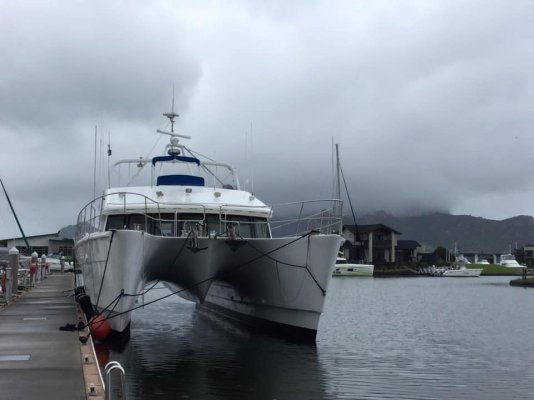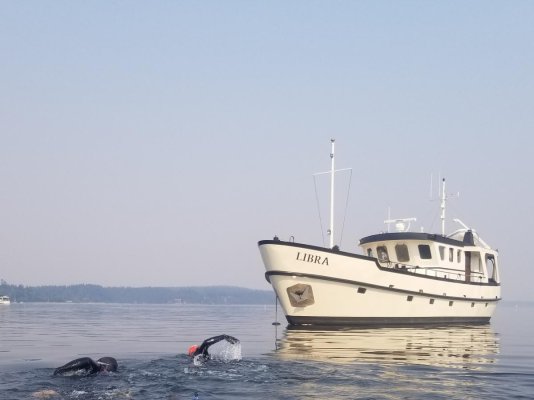MIG Family
Newbie
- Joined
- Dec 14, 2023
- Messages
- 4
We are a family of sailors thinking to transition to power. We recently retired, and tried to do some overnight trips with our daysailer. But, well, it's a daysailer. So we are looking for a 40(ish) foot displacement power cruiser suitable for coastal cruising in LI Sound and ME coast. We're here to learn and connect...
Anybody have any thoughts on "the need for speed?" We are very happy moving at 6-8 knots, but worry that we might "need" more speed from time to time, and for resale (not for a while, but boats are expensive, right?...) Happened to see a thread here about Linssen boats (really nice steel boats from Holland) and I wondered if their max speed of 8 knots is what prevented them from getting popular here...
Anybody have any thoughts on "the need for speed?" We are very happy moving at 6-8 knots, but worry that we might "need" more speed from time to time, and for resale (not for a while, but boats are expensive, right?...) Happened to see a thread here about Linssen boats (really nice steel boats from Holland) and I wondered if their max speed of 8 knots is what prevented them from getting popular here...
Last edited:




